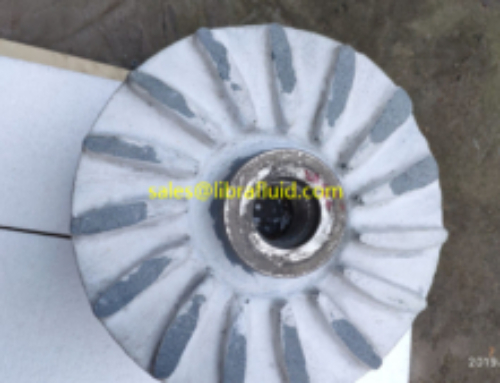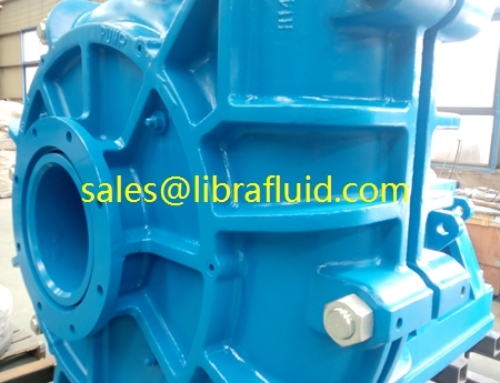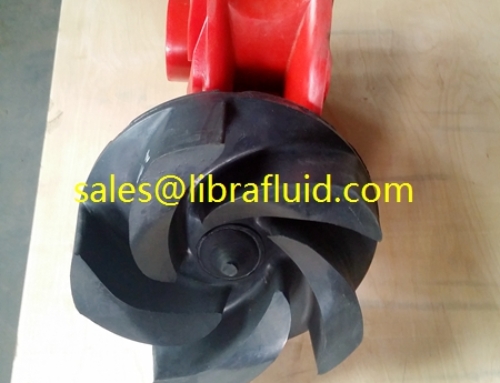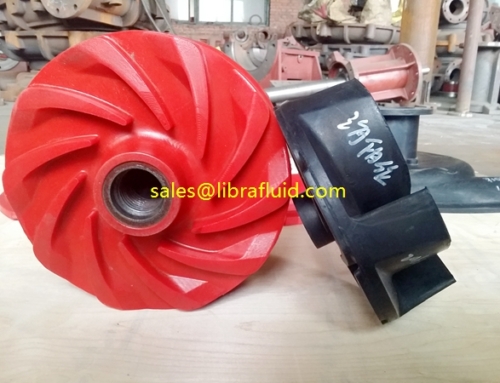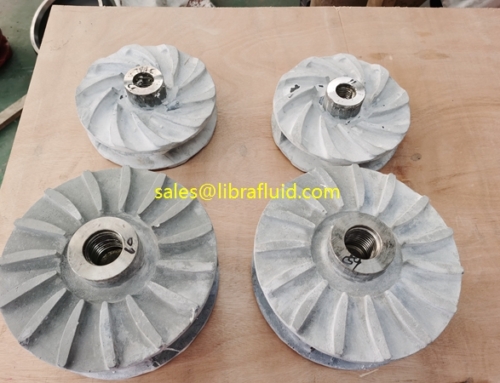The Design of a Slurry Pump Impeller
The design of a slurry pump is critical to its efficiency. The slurry pump impeller is responsible for the movement of slurry, and it should be efficient enough to maintain the desired slurry flow. This impeller is comprised of a series of vanes that flow from the center of the impeller to the outer edge. The rotation of these vanes creates centrifugal force that pushes the liquid to the outer edge of the pump casing, and eventually flows out the discharge port.
The design of a slurry pump impeller depends on the type of slurry. The slurry is usually classified based on the concentration of solids. However, the engineering classification is much more complex and includes particles’ shape, weight, and size. This type of classification determines the type of abrasion that is likely to occur in the slurry pump. Its impeller is designed to handle specific slurries, and it can be hydraulically or electrically driven.
The material used to make impellers can be made of cast materials or metals. A cast impeller may also be called a rotor. The impeller is put into motion by a gearbox that is usually attached to a motor. Depending on the working conditions of a slurry pump, different metals are used to manufacture impellers. The impeller is a critical component of the pump, and it is important to choose the right material for the job.
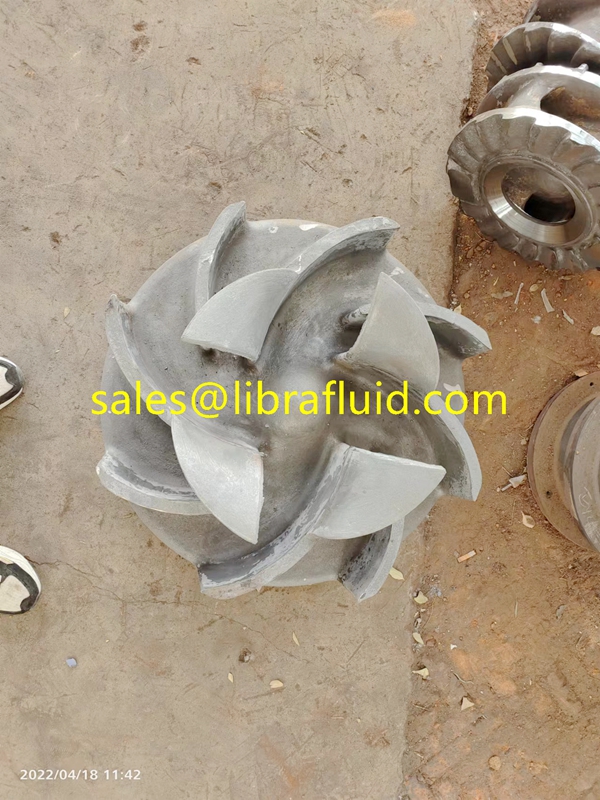
High chrome OEM forth pump impeller
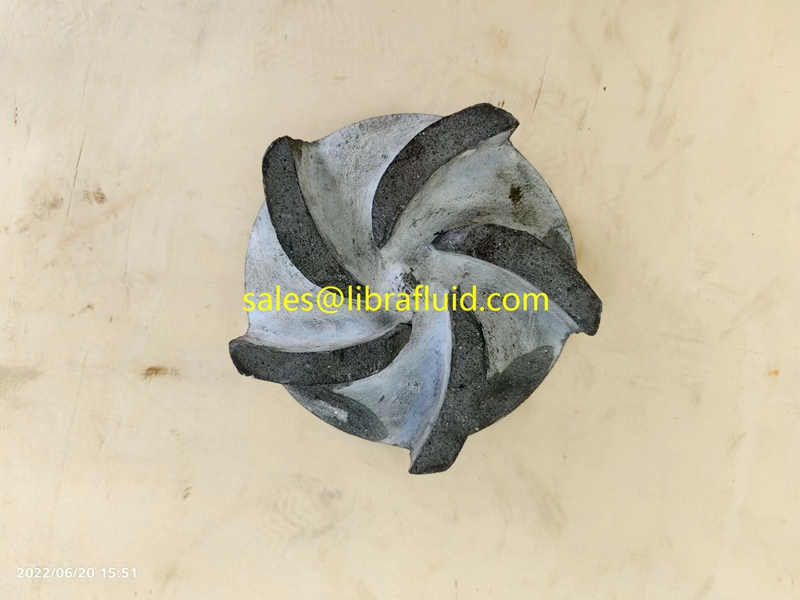
B1127 ceramic slurry pump impeller
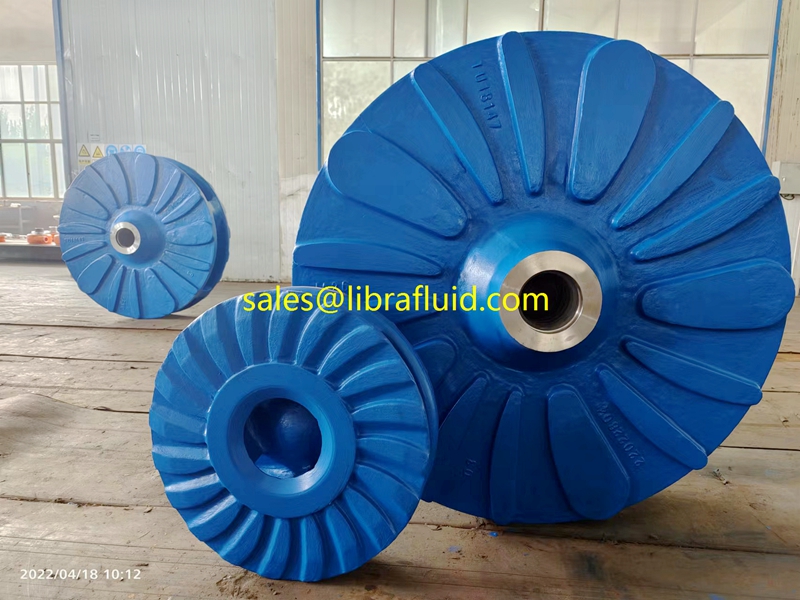
TU18147 high chrome slurry pump impeller

